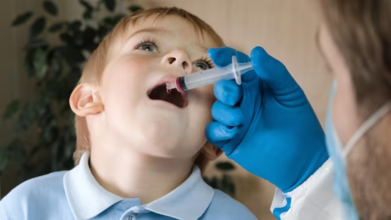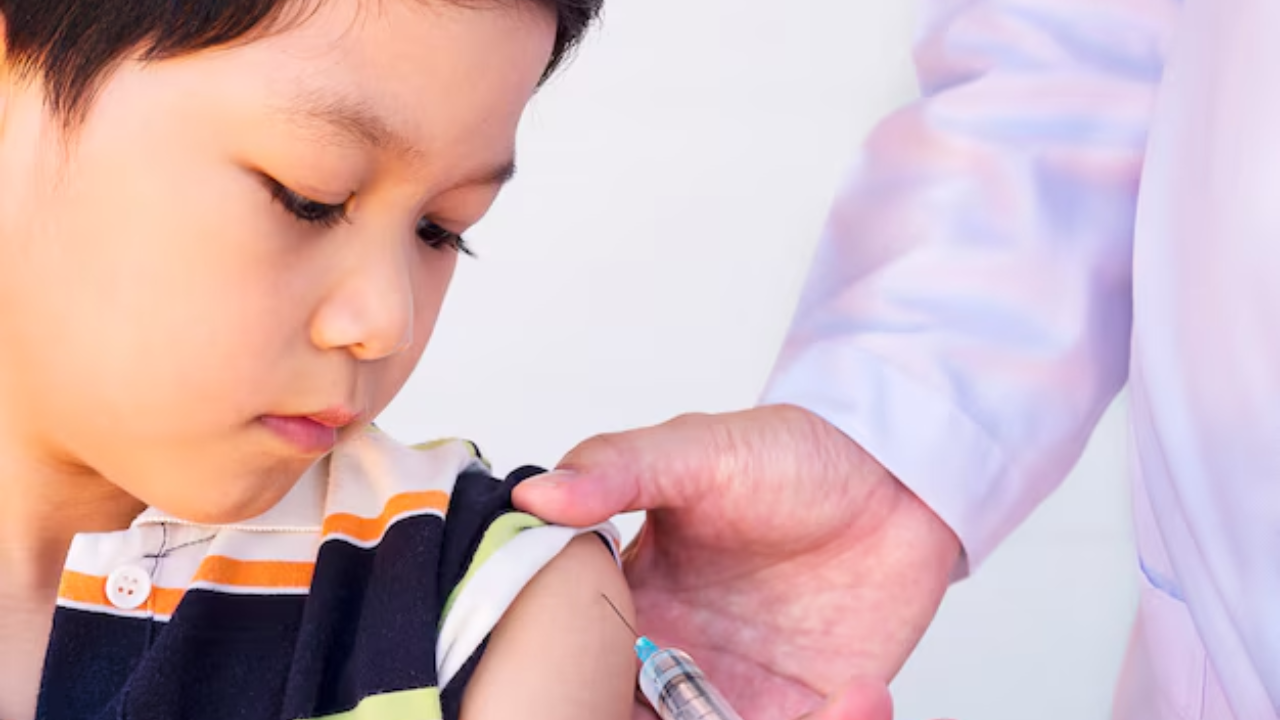
Learn Everything About Polio: Symptoms, Vaccine And MoreCredits: Freepik
Learn Everything About Polio: Symptoms, Vaccine And More
What is Polio?
Polio is a chronic illness, also referred to as poliomyelitis influences the inflammation of the grey matter where nerves are affected. Poliovirus condition can cause the inability to move limbs and it has been observed that the aggressive virus can invade the breathing patterns and in rare cases, cause death. Let’s delve deeper into the symptoms, how polio affects the body, vaccinations and more. Read on.
How does Polio affect an individual?
Poliovirus affects the nervous system, and the cells present in the spinal cord. It makes an easy entry through the mouth, while the virus is ingested, the cells lining the throat and intestines are brutally affected.
The prime contributor which is responsible for the spreading of the virus is believed to be the faeces of the infected individuals. The virus travels through the bloodstream to different organs and parts of the body, causing a lot of weakness throughout. The damage caused due to the virus can also lead to paralysis and trouble breathing in some rare cases.
The severity of the virus depends on the age an individual. Some people can go asymptomatic while others might face mild flu-like symptoms in the beginning.
Symptoms
While the symptoms may vary from person to person, some common ones include:
- Headache
- Neck pain or stiffness in the spine
- Fever
- Sore throat
- Constipation
- Nausea
- Stiffness in arms and legs
- Abdominal pain
- Muscle spasms

Types of Polio Vaccine
Individuals without the vaccination are prone to catching the deadly virus. So, it is recommended to take the necessary steps and the polio vaccination can not only keep your child safe but can also protect against the polio disease.
Two types of polio vaccines are:
- Inactivated Polio Vaccine (IPV)
- Oral Polio Vaccine (OPV)
The IPV is a series of injection shots. It is believed that an individual can’t spread polio or get sick after this vaccine.
On the other hand, OPV is a liquid vaccine that uses a weakened live virus that wouldn’t make you sick. OPV can have one or all three types of polioviruses so that it can strengthen your immune system and body. The polio virus multiplies and is released from the stool.
Prevention
The only way to keep children safe from polio is by completing the polio vaccination course. These shots can eliminate the chances of developing polio. According to the polio vaccination schedule, the polio dosage must be given at the age of:
- 2 months
- 4 months
- 6- 18 months
- 4-6 years
Risk Factors
The virus can easily get inside your mouth and invade the nervous system. Well according to the statistics, children are more likely to get affected by this deadly virus than adults. Poliovirus spreads when you get into direct contact with contaminated faeces, water or food of an infected person. This can easily happen when the food or water is dirty or unhygienic. Lack of vaccination can elevate the chances of getting affected by polio.
It has been observed that the virus is more common in poor geographic areas where vaccines aren’t available easily. Breathing in the same air as the affected person increases the risk of catching polio as well.
An individual needs to adopt a healthy lifestyle by making a slight shift in their daily routine. By exercising regularly and maintaining a balanced diet can reduce the risk of long-term complications of the disease. Regular medical check-ups can also help in monitoring the health and detecting potential issues.
© 2024 Bennett, Coleman & Company Limited

